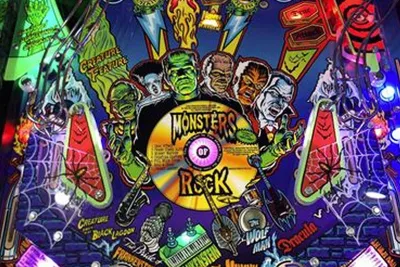A BEGINNER’S GUIDE TO FAKE ID
By Admin
In recent months, there has been an increase in the popularity of fake I.D., due to media attention on websites showcasing false identification cards. Unfortunately, much of this attention is focused on scam sites. These sites often send nothing or a flimsy piece of paper they call a fake ID. These scam sites are becoming increasingly common. A common tactic used by these webmasters is to display high-quality samples on their site, often achieved by stealing images from legitimate sites like theidshop or scanning pictures from the Drivers Licence Guide. This guide is a detailed resource containing current driver's licenses for Canada, the United States, and Europe, typically accessible only to legitimate businesses and law enforcement. However, scanned versions are widely available online, with each state or province having a dedicated page featuring a picture and outlined security features.
If you're wary of the Internet, finding a credible source to alleviate your concerns is crucial. You can attempt to create a false identification yourself or rely on professionals. This guide will help you understand what's needed to get the most for your money.
The term "fake ID" can refer to various documents, including false or novelty identification, passports, and driver's licenses. This article will focus on Provincial/State IDs and Driver's Licenses, although the techniques discussed can be applied to forging other documents. Years ago, driver's licenses were typically laminated security paper with a hologram. However, advancements in technology and reduced costs have necessitated new measures to deter forgery.
Almost all IDs are now made of Polyvinyl Chloride (PVC), similar to credit cards. These PVC cards require expensive printers like Fargo or Electron for printing, making counterfeiting more difficult. However, there are ways to circumvent this without investing in costly equipment.
A PVC ID cannot be made from scratch. You can save time by finding groups that print directly on thermal plastics. A template of the ID is saved on your computer, ready to be printed and laminated if using paper. Adobe photo editing software is ideal for creating fake IDs. Novelty IDs found online are often printed from PSD formats. The quality of these IDs varies, but good ones exist. However, ensuring quality requires finding a reputable supplier like theidshop. Creating a false identification from novelty driver's licenses is challenging and requires experience.
To create an ID card, you can edit an existing template or create a higher-quality one by manually measuring every line and creating the artwork yourself. This method is not for beginners and requires significant time. Once the ID is complete with your information, it can be printed or created.
Only a few methods are used to create holograms on Fake IDs. The color and properties of the hologram dictate the prisms needed, which are expensive. Holograms prevent forgers from duplicating security features on passports and driver's licenses. They have been effective, as creating a custom hologram can cost nearly ten thousand dollars for an initial run. Various types of holograms and security features, such as UV inks visible under black lights, are used to prevent false identification abuse. Most people struggle with security features due to the high costs involved.
You need to buy a Transparent Base made for paints to prepare the UV Inks, which adds to the expense. A good ratio is 1:50. If using other types of inks and waters, use a 5:1 ratio (5 parts paint, 1 part base). When applying the paint to white paper, use a brush designed for screen printing, resembling a pencil with a flexible tip. A sponge can be used with extra care. Apply a very thin amount on fake ID cards, and practice is essential. Many new IDs feature a multicolored hologram reflecting the full spectrum (like a rainbow). This is especially true of most ID cards. Pick the two most dominant colors and hope the ratio works out. This area is where most people fail and seek suppliers like theidshop with the experience to create quick and easy false ID cards.
After printing the ID on the chosen material, it needs to be laminated. The type of lamination depends on the material. For normal or photo paper, pouches of varying thicknesses (mils) are available in glossy or matte finishes. Butterfly pouches are needed for laminating. Lamination supplies can be found at any office store. Be careful not to leave it on too long, as the extreme heat can cause a fire.
The right material must be selected based on the Fake ID you're creating. Photo paper is suitable for laminated IDs. For PVC IDs, use a product called thermal plastic core. This material is relatively new and excellent, but costly. It can be printed using label dye sublimation. There is a difference between false identification and fake id. Printing on it with a normal printer does not work well since the plastic will break your machine. The ink is coated with chemicals to absorb the ink effectively. Once printed and laminated, it becomes almost clear in compound.
Creating an ID requires practice and a significant investment of time and money to overcome mistakes. People often assume it's simple and quick, which it is once the necessary funds have been invested, as the ID shop has done. However, for newcomers, thorough research is essential. You will likely be ignored if you seek a quick explanation. If you want to create your own fake ID along with credible novelty ID cards in your spare time, contact us, and we might be able to help you or sell our supplies.



